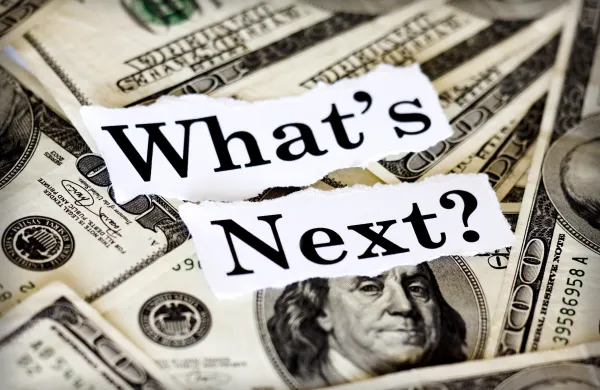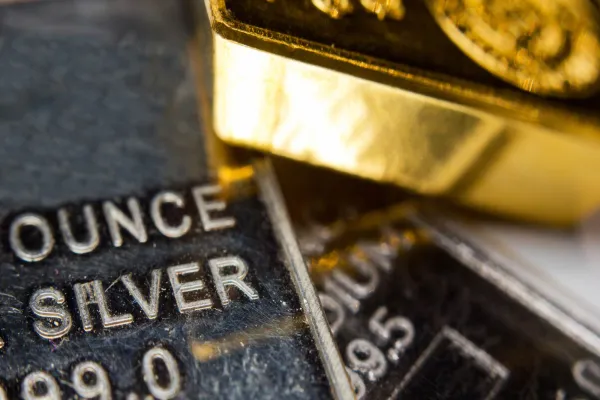The euro's course vis-à-vis the dollar is a hot-button issue in Europe. Unfortunately, ever since the euro's debut in 1999, financial analysts' predictions have provided few clues about the currency's direction, contends Peter Bofinger, 49, a leading monetary economist at Germany's Würzburg University.
Bofinger and Würzburg colleague Robert Schmidt found in a recent study that consensus forecasts compiled by Reuters, London-based Consensus Economics and German economic research group ZEW were far too optimistic that the European currency would rise between its launch and the end of 2002 -- and that they've been too pessimistic lately. In short, a simple coin toss predicts currency movements better than the experts do.
Bofinger's analysis, the first critique to focus exclusively on the euro-dollar rate, suggests that many researchers assume that the euro's equilibrium rate is near its initial value of $1.18. "A mistake is made that somehow the trend will revert to medium-term equilibrium," he says. He also asserts that analysts tend to extrapolate from recent trends rather than look at longer-run momentum indicators.
The evidence suggests as much. The euro has fluctuated for the past three months at between $1.20 and $1.30, and the average estimate of more than 100 economists surveyed by Consensus Economics is for the euro to trade at $1.28 in three months and $1.26 in 12 months. For what it's worth, Bofinger believes that the dollar is in the midst of a long-term decline similar to that of the late 1980s; he predicts a rate of $1.35 by year-end.




